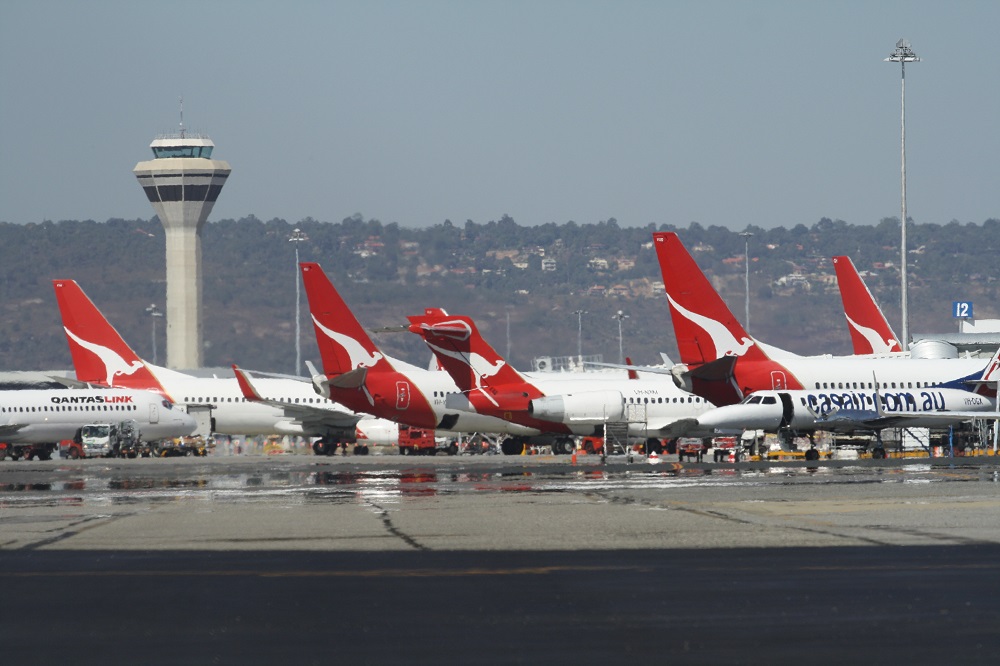Report finds Aussie domestic fares rose by up to 14 per cent in 2017
20 June, 2018
3 min read


Australian leisure travelers saw the cheapest domestic airfares increase by an average of 9 percent in 2017 and ticket prices soar by 14 percent on some routes, a new report says.
Travelers were also warned to expect the trend to continue, with leisure domestic fares tipped to increase a further 4.6 percent over the next 18 months and corporate economy fares to rise 2.5 percent.
But the analysis by Flight Centre Travel Group’s 4th Dimension Business Travel Consulting division, which compared 2017 fares to those benchmarked in 2016, delivered positive news about the competitive international travel market.
READ: Economy class crunch, airlines chiefs warn against legroom regulations.
Long-haul corporate economy fares remained flat between 2016 and 2017 and average economy leisure fares actually fell by 4.3 percent as 62 airlines competed for Aussie travelers.
“Competitive international airfares, new direct flights such as the Perth to London (route), more frequent services, continually improved inflight amenities plus unprecedented discounting on some routes are but a few of the positive takeaways from 2017,” Flight Centre Travel Group managing director Graham Turner said.
“If the price of oil continues to rise this could potentially mean ticket prices may increase in the near term.
“But we’re still going to see some excellent value across the international and domestic landscape as airlines compete for both the corporate and leisure dollar.”
On domestic flights, the 4D analysis found corporate economy fares rose between 1 percent and 9 percent, with Canberra-Sydney at the low end of the range Hobart-Melbourne hitting the high end.
Airlines have been keeping a tight rein on domestic growth since the heady days of the so-called capacity wars and the analysis found factors such as demand for domestic seats and a rise in tourism helped boost ticket prices.
The biggest increase in leisure fares — 14 percent — was on the Adelaide-Sydney and Melbourne-Sydney routes. Other notable rises included Hobart -Melbourne (up 12 percent), Canberra-Sydney Up 11 percent), Adelaide-Melbourne (up 11 percent) and Brisbane-Melbourne (up 10 percent).
The smallest increase of 4 percent was on the Brisbane-Perth route.
The analysis found business class fares also rose between 2 and 8 percent while flexible economy fares increased 2 to 7 percent.
A snapshot of Australia's busiest route, Melbourne Sydney, showed market-leader Qantas ramped up fares more than rival Virgin Australia.
Qantas flexible economy fares on the route rose 7.6 percent, compared to 5.2 percent at Virgin, and the flying kangaroo increased economy saver fares by 8 percent compared to 4.7 percent at Virgin
The biggest disparity, however, was with business fares, which were up 8.9 percent at Qantas and less than 1 percent at Virgin.
4D general manager Felicity Burke said fare increases ion domestic flights had been driven by strong consumer demand, steady6 tro7uism growth and gradual increases in carrier published fares.
Burke said the increase in inbound visitors and domestic tourism had also impacted the availability of domestic seats with 2017 load factors reaching almost 80 percent.
“The demand for domestic seats in the leisure space was very strong last year, which has also affected ticket prices,” she said.
Get the latest news and updates straight to your inbox
No spam, no hassle, no fuss, just airline news direct to you.
By joining our newsletter, you agree to our Privacy Policy
Find us on social media
Comments
No comments yet, be the first to write one.

